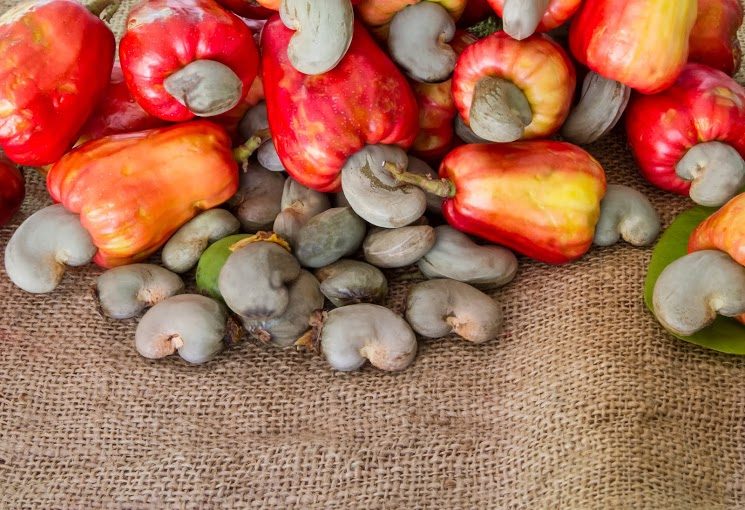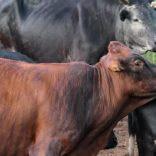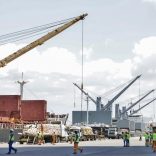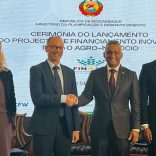FAO warns of unequal access to farm funding for women and youth in Mozambique
Cashew industry will make more money for the state in 2018

File photo
Mozambique’s Institute for Cashew Development (INCAJU) is forecasting revenue of close to US$120 million this year, against US$109 million in 2017.
The forecast is backed by the improvement of prices in the market. In the domestic market, for example, the average price is around 63.87 meticais per kilogram, against 54.71 meticais in 2017.
To date, the sector has sold just over 124.6 thousand tons of cashew nuts, 84 percent of its annual target. Almost all producing provinces have completed the process of sales of their production, except Gaza, Inhambane and Manica.
The plan is to sell about 150,000 tons of cashew nuts in 2018, 11,000 tons up from the previous year.
Of the volume sold since the second half of October of last year (the start of the cashew marketing season), the northern province of Nampula accounted for more than half, – 51.1 percent on the total current season sales.
Cabo Delgado sold the second-largest amount, contributing 24 percent, followed by Zambézia province with 13.68 percent.
As in 2017, the cashews produced this year are considered to be of good quality by producers, though these continue to insist that the Mozambican government give more assistance to this strategic industry, in order to facilitate a return to the golden era of the 1970s.
In that decade, the crop reached an annual average of 216,000 tons, making the country the biggest cashew producer in the world. Currently, Mozambique occupies the eighth place.
Côte d’Ivoire has led the world ranking since 2016, followed by India (the former leader) and Vietnam. Located in West Africa, Cote D’Ivoire’s cashew industry has an average production of about 725,000 tons, representing a 25 percent share of the global market.
India and Vietnam have a market share of 22 and 11 percent respectively.
Ambitious plan
It is in this context that the executive has outlined a Strategic Plan for the Development of the Agricultural Sector (PEDSA 2011-2020) prioritising competitive and sustainable income for producers in order to achieve social and gender equality.
In the period, the government intends to reach production of 180,000 tons, and will to this end provide technical assistance to key players in the sector.
In parallel, an industry reactivation project is underway. In the next three years alone, the French Development Agency (AFD) will invest at least two million Euros in supporting small-scale producers.
The AFD funding amount is aimed at developing competitiveness, and the economic, environmental, social and structural sustainability of cashew producers within an institutional framework that favours transparency of market information to facilitate entry into international trade.
The project will also contribute to strengthening INCAJU’s institutional capacities at the central level through activities such as the development of information and monitoring systems and support for consultation with exporters and producer associations.
The other component of this project includes a pilot initiative on the outskirts of the Gilé National Reserve in the Gilé and Pebane districts of Zambézia province, whose aim is to improve production with environmentally friendly techniques, as well as the proactive structuring of producer and marketing networks.
This project is a continuation of a 4.9 million Euro initiative to reactivate the cashew industry which was implemented between 2000 and 2007, and also supported by the French agency.













Leave a Reply
Be the First to Comment!
You must be logged in to post a comment.
You must be logged in to post a comment.